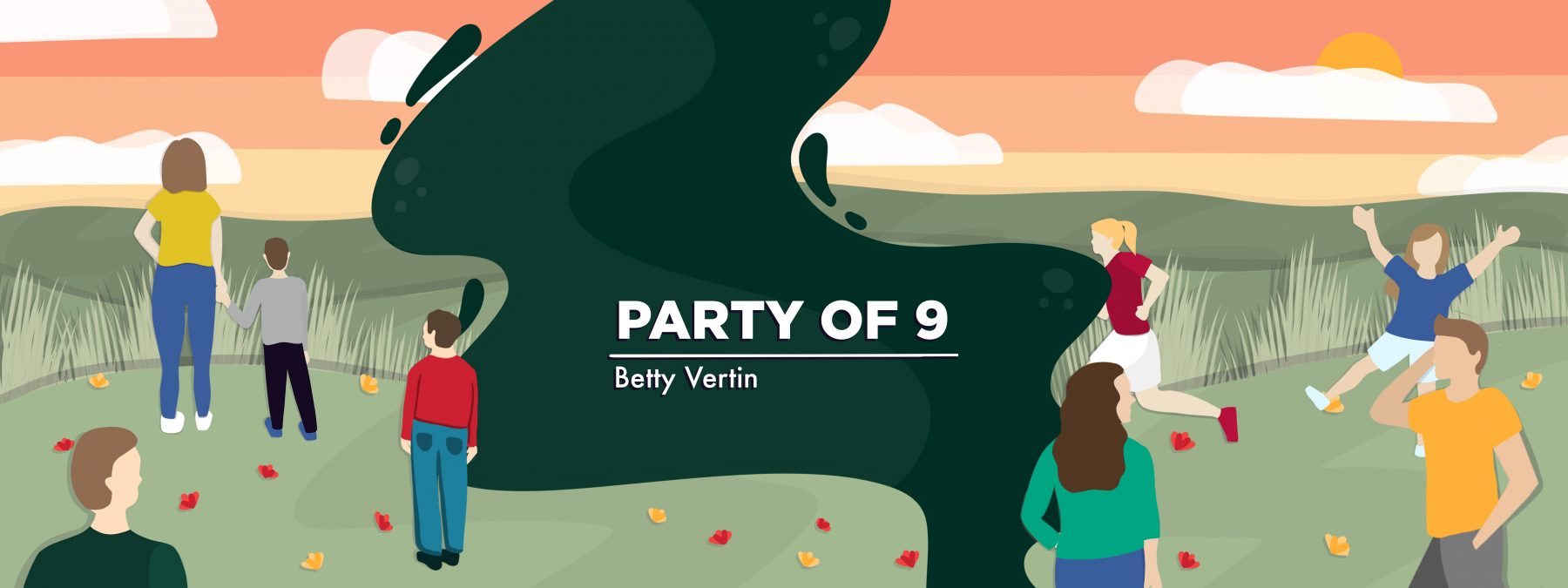Who Are the Rarest of the Rare?

The adjective “rare” refers to an event, situation, or condition not occurring very often, not found in large numbers, and consequently of interest. For example, Duchenne muscular dystrophy (DMD) is a rare disease affecting approximately 1 in 3,500 male births worldwide.
Years ago, on one of the first Rare Disease Days we experienced after learning that three of our sons had Duchenne, I shared on social media what it meant to me.
It meant knowing that something was wrong with my child and then having a doctor tell me it was because they have a disease I had never heard of. It meant having my world shattered when the specialists explained and I was left facing the reality that I might outlive my child.
It meant second-guessing every decision I made, from what medicines to use to which trials to participate in. Or what diet to follow, what doctors to consult, and what vehicles to buy, because they need to hold wheelchairs and have a lift installed.
Even household updates were affected, because the carpet and new cabinets took a back seat to wider doorways and a ramp.
When a rare disease causes all of this, it can be isolating, because others don’t know or understand what daily life is like, or how bad the rare disease is.
These statements are just as true today as they were all those years ago. As the boys have grown and their needs have increased, life feels even more isolating. We are so different from the people around us; our lives take us in different directions.
I’ve learned more about what it means to live with a rare disease as the years have passed. I’ve learned it is possible to be rare within a rare community like Duchenne. Factors like the mother’s carrier status, whether the carrier is manifesting, or the number of children diagnosed with Duchenne make every family living with Duchenne unique and rare. Additionally, factors like clinical trial participation, disease progression, and neurobehavioral issues affect every family differently.
My family is rare because we have three sons with DMD, we’re in a Translarna (ataluren) clinical trial, I’m a manifesting carrier, and two of our boys have a dual diagnosis.
Manifesting carriers of Duchenne are rare within the DMD community. Not every mother is a carrier, and not every carrier is manifesting. Most carriers never have any significant muscle or heart problems. But I do.
My heart has been affected. I take heart medications daily and visit my cardiologist once a year. More is being done to understand and care for manifesting carriers, but I know moms: Because they are advocating and caring for their children with DMD, they are not advocating for themselves and are often forgotten in the magnitude of Duchenne.
Every boy with Duchenne could be considered rare because the progression of the disease is so vastly different. Some boys stop walking at a young age; others walk into their 20s. Others have had heart disease and severe cardiac issues years before others. Some boys and young men require a tracheotomy, and some never will.
As a mother of three boys with Duchenne, I see firsthand how different each of them is. For example, my 12-year-old son, Rowen, stopped walking almost two years ago. My 16-year-old son, Max, is still walking.
Those living with more than one diagnosis are rare within the DMD community. A significant percentage of boys with DMD are diagnosed with autism spectrum disorder and neurobehavioral issues. My son Rowen is living with both autism and Duchenne. My son Max lives with Duchenne and anxiety. With both boys, the secondary diagnosis has sometimes been more challenging, and when I’ve tried to reach out to other families living with both for advice and conversation, they have been hard to find.
Rare means a condition not occurring very often, not found in large numbers, and consequently of interest. DMD is considered a rare disease. As a caregiver to three boys with DMD and as an active member of the greater Duchenne community, I’ve learned there’s rare among the rare. My family is just one example of that kind of rarity, but I believe most families within our community could say the same.
Note: Muscular Dystrophy News is strictly a news and information website about the disease. It does not provide medical advice, diagnosis, or treatment. This content is not intended to be a substitute for professional medical advice, diagnosis, or treatment. Always seek the advice of your physician or another qualified health provider with any questions you may have regarding a medical condition. Never disregard professional medical advice or delay in seeking it because of something you have read on this website. The opinions expressed in this column are not those of Muscular Dystrophy News or its parent company, Bionews, and are intended to spark discussion about issues pertaining to muscular dystrophy.







Leave a comment
Fill in the required fields to post. Your email address will not be published.